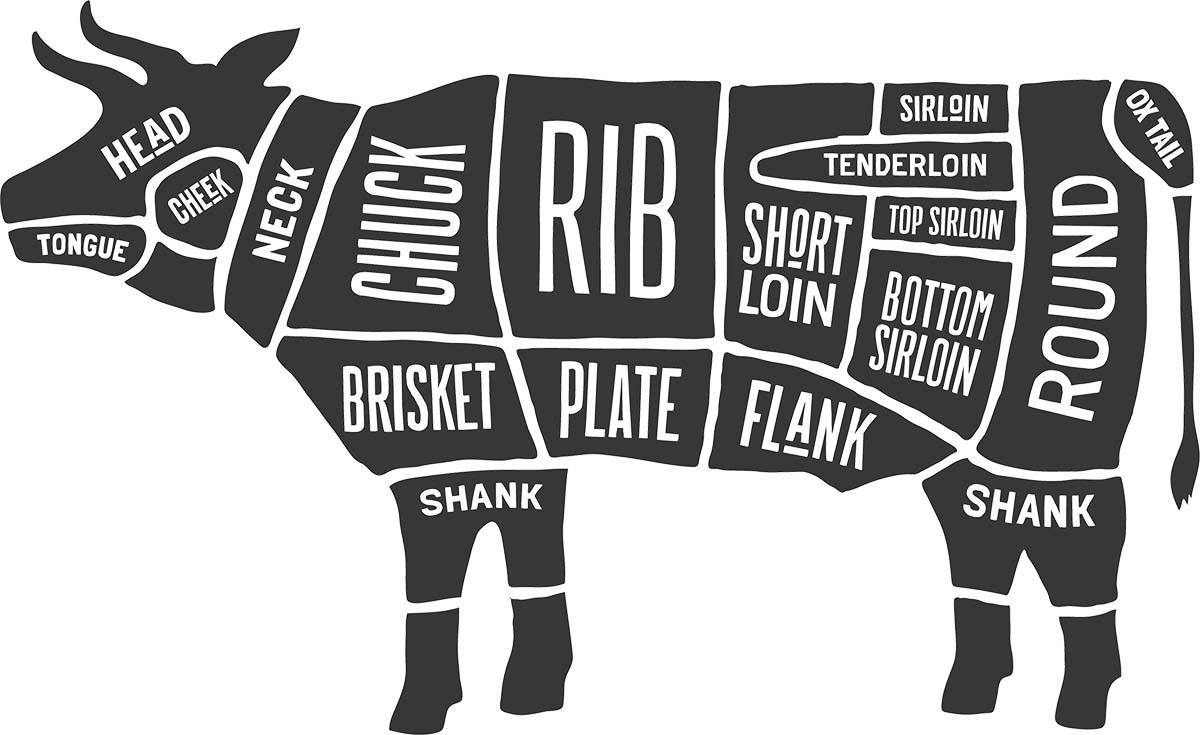The Fall Field Flip
posted on
October 1, 2021
Fall is here on the farm which means we're doing everything we can to get our fields "flipped" - chopped for silage and then replanted to get some growth on the fields before cold winter weather sets in.
What we're doing this week:
- Silage chopping fields: cutting fields that are ready and packing our "silage pit" full so that we have plenty of good, nutritious feed for the winter and into next year
- Cattle clean up crew (pic below): we let cattle into the fields briefly to clean up any leftover silage that we missed. They are an effective clean up crew!
- Spreading manure: after the fields are chopped, we haul manure on to the fields to fertilize the fields and replace some of the nutrients that we just pulled off
- Planting ryegrass: after spreading manure, we "no-till" the ryegrass seed directly into the ground. By "no-tilling" we reduce opportunities for erosion and the ryegrass will be quick to grow to get us some good winter/spring grazing - especially with the recently applied manure
The Carbon Impact:
You have probably seen fields while you are driving that are left completely bare during the fall and winter months after the corn/soybeans are harvested. This is unfortunately a common practice that results in carbon "leaking" back into the air and contributes to field erosion. During the growing season, carbon is captured from the air and stored in the ground. This carbon will stay in the ground as long as there is active plant growth contributing to the natural soil ecosystem. Without it, the carbon will leak back into the atmosphere - giving back all that hard work it did to capture carbon out of the air. When we talk about REVERSING climate change through responsible agriculture, this is one of the most important things farmers can do to offset the fossil fuel usage of other industries.
Equipment Supply Chain:
This year we had some very unfortunate breakdowns with our equipment - 3 significant breakdowns in 2 days. Thankfully our team was able to keep us running despite national supply chain challenges that limit the availability of parts. We actually use two older choppers so that we can always "steal" parts from one for the other. We were told that there is "not another gear box in the country." Thankfully, we were lucky enough to find a used one online but could have been an even bigger ordeal. It may seem like overkill but when you have short weather windows, waiting on a part to come in can be very stressful, even in normal years.




